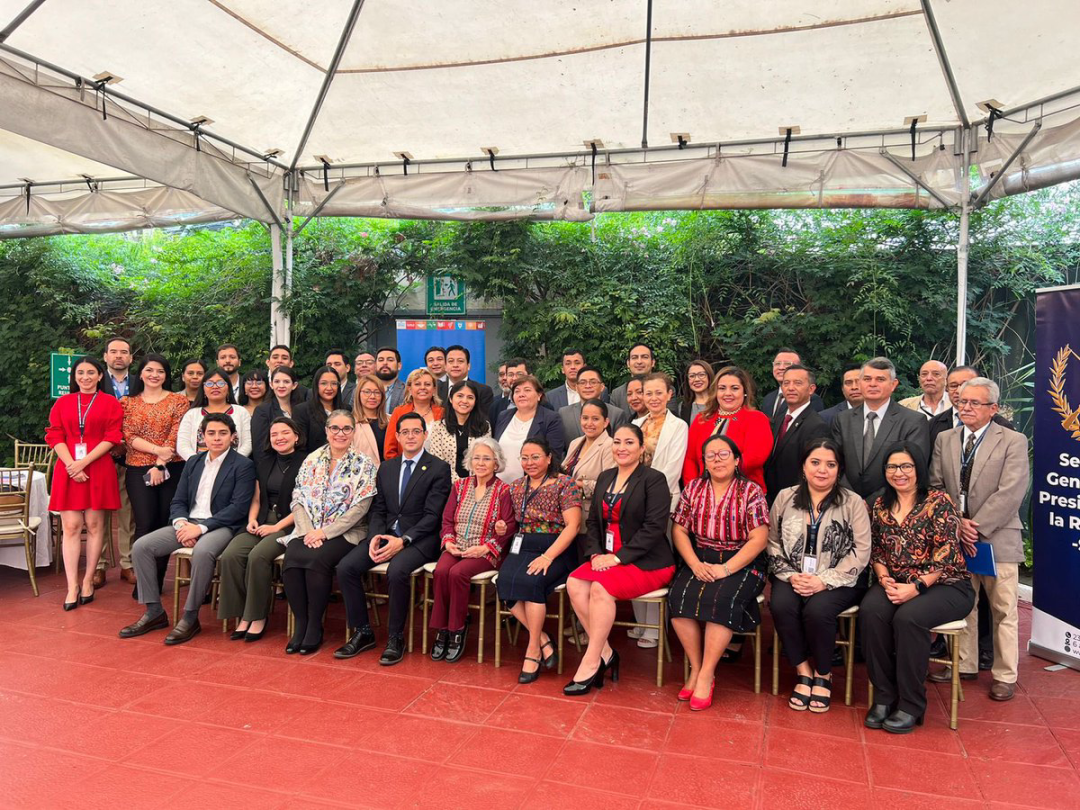Disclaimer:
Please be aware that the content herein has not been peer reviewed. It consists of personal reflections, insights, and learnings of the contributor(s). It may not be exhaustive, nor does it aim to be authoritative knowledge.
Learnings on your challenge
What are the top key insights you generated about your learning challenge during this Action Learning Plan? (Please list a maximum of 5 key insights)
We learned that the degree of polarization can be driven by: (1) discourse that evokes fear and hate; (2) cohesive practices for dissidence; (3) disinformation; (4) emotional intelligence; (5) interpersonal trust; (6) capacity to resist sanctions for dissidence; and (7) lack of effective mediation.
We learned that two key uncertainties that can help anticipate polarization are the effectiveness of campaigns that evoque fear, hate or confusion, as well as the capacity of institutions to mediate differences or increase them.
We learned that in scenarios of high polarization it's important to be attentive of sensitivities. It's useful to focus attention on a shared future, prepare conditions for dialogue addressing preferences of participants, being receptive of symbolism associated with respect, to concrete rules and enforce them.
We learned that in scenarios of low polarization it's possible to increase the number and diversity of participants, move to action quickly, incorporate disruptive methodologies, and engage through digital platforms.
We learned that public officials feel polarization affects their work by affecting social relations and weakening institutional capacity. Social relations are affected by misinformed and confused expectations, apathy, hostility, and lack of interactions. Institutional capacity is weakened by mistrust from society, overloading and distracting public officials, lack of unified decisions, and limiting quality and coverage of public services.
We learned that public officials see benefits in investing in internal and external communications, addressing difficult emotions among public officers, facilitating exchanges between institutions.
We learned that the methodologies used and the results are able to engage other private sector actors.
Considering the outcomes of this learning challenge, which of the following best describe the handover process? (Please select all that apply)
Our work has led to a significant change in public policy at a national or local level, Our work has been picked up by UNDP or the government and has now expanded geographically in our country, Our private sector partners have expanded our joint work through their own resources in our country or internationally
Can you provide more detail on your handover process?
The results from the workshops and methodologies were given back to participants. Some of them appropriated the methodology and results to expand them within their sectors. In particular, this was done by one of the leaders of a think tank linked to private sector (Centro de Investigaciones Económicas Nacionales) who replicated workshops among private sector leaders.
The results from the workshops were presented along the launch of UNDP's global Human Development Report. This gained the attention of the General Secretariat of the Presidency. Who engaged with UNDP to lead a series of five additional workshops that engaged over 60 public institutions from the executive and 300 public officials.
From the workshops with public officials, a report with results was made to guide public policies, decisions from high level officials, and empower public officials.
These exercises have lead to contributions to the governments priorities: a legitimate and effective government. And have lead to recognizing the value of institutionalizing the practice of listening to public officials to gain insights on their perspectives and knowledge.
Please paste any link(s) to blog(s) or publication(s) that articulate the learnings on your frontier challenge.
Data and Methods
Relating to your types of data, why did you chose these? What gaps in available data were these addressing?
Why was it necessary to apply the above innovation method on your frontier challenge? How did these help you to unpack the system?
We adapted a version of future analysis in two steps, first using the axis of uncertainty, then the policy stress test under different scenarios. This was necessary to identify the key factors that determine polarization and evaluate policies.
Note that to prepare for the future analysis, it was important to review the literature, administrative records, and public opinion data.
Co-creation, collective intelligence, focus groups, and facilitation were used during the workshops to integrate the contributions from participants regarding how polarization affects the work of public officials and the actions that can be done.
Partners
Please indicate what partners you have actually worked with for this learning challenge.
Please state the name of the partner:
Secretaría General de la Presidencia
What sector does your partner belong to?
Government (&related)
Please provide a brief description of the partnership.
They co-lead the design and implementation of the workshops with 60 other institutions and engage over 300 public officials. Also, they used the results to inform public policy decisions to advance the national priorities of the current administration.
Is this a new and unusual partner for UNDP?
Yes
Please indicate what partners you have actually worked with for this learning challenge.
Please state the name of the partner:
Experts in dialogue
What sector does your partner belong to?
Civil Society
Please provide a brief description of the partnership.
A diverse group of professionals with experience promoting dialogue in difficult situations was a key informant to generate a model of how polarization emerges, and stress test efforts to promote dialogue and collaboration in different scenarios of polarization.
Is this a new and unusual partner for UNDP?
Yes
End
Bonus question: How did the interplay of innovation methods, new forms of data and unusual partners enable you to learn & generate insights, that otherwise you would have not been able to achieve?
We had to combine and adapt innovation methods and new forms of data in order to address a complex task: understand how to promote dialogue and collaboration in different scenarios of polarization. This helped us understand the drivers of the problem, anticipate situations, evaluate alternative courses of action. Also, we needed to scale methodologies to engage a large number of public officials quickly and effectively.
Please upload any further supporting evidence / documents / data you have produced on your frontier challenge that showcase your learnings.
The closing form saves automatically or via the blue "save changes" button the top left. Thank you


 10
10
 16Peace, justice and strong institutions
16Peace, justice and strong institutions 17Partnerships for the goals
17Partnerships for the goals
Comments
Log in to add a comment or reply.